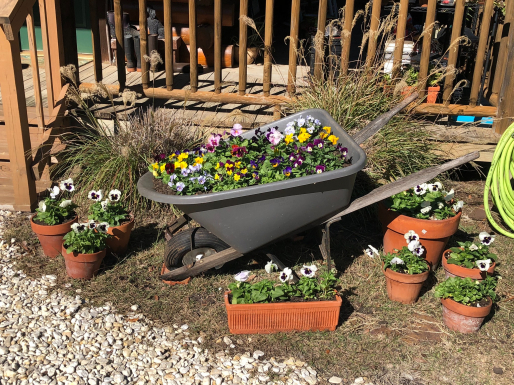dry creek Bed french drain hybrid installation
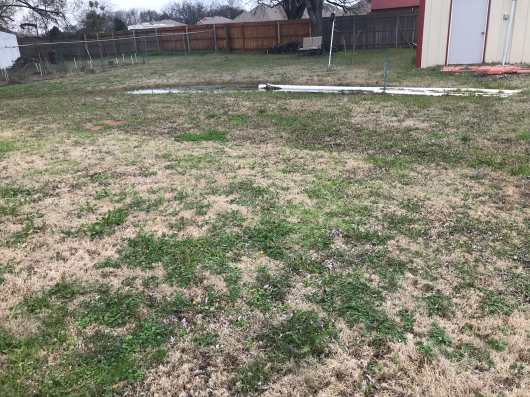
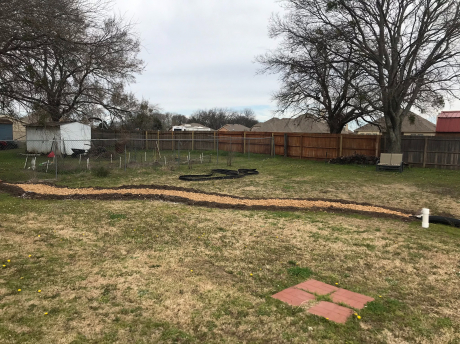
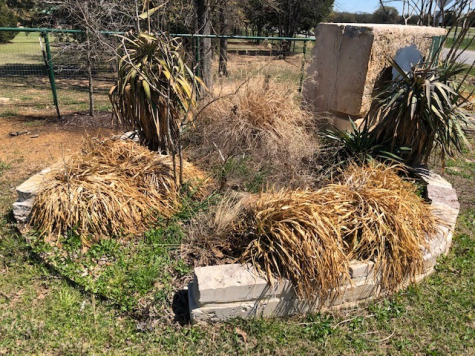
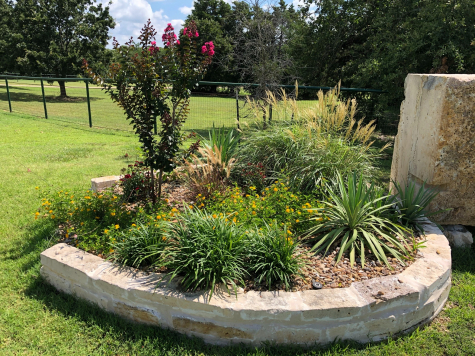
BEFORE
AFTER
garden rejuvenation
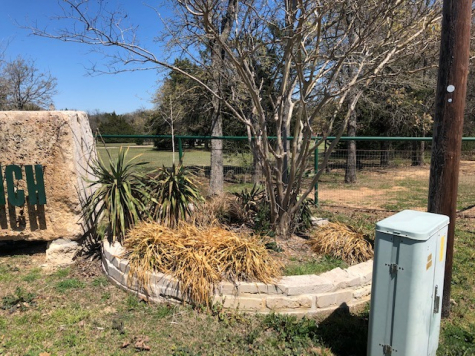
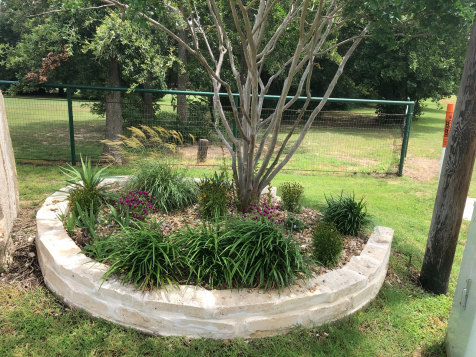
BEFORE
AFTER
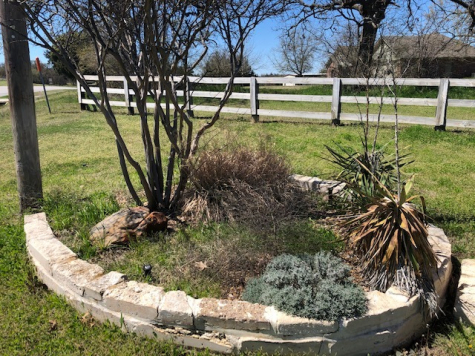
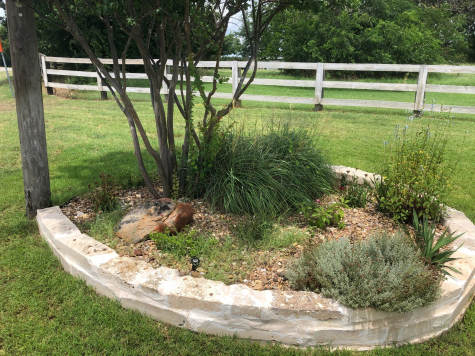
BEFORE
AFTER

BEFORE - Back yard
after - Back yard
BEFORE - side yard

after - side yard
North Texas can have very heavy and quick rain storms which makes it hard for our thick soils to properly absorb the rain before it floods and causes erosion. This Tioga, Texas homeowner had flooding problems in their back yard and side yard every time it rained. We decided the best way to tackle this problem was to install a dry creek bed french drain hybrid. Flourish trenched out the area that had been eroded and lined it with small pebbles. For the back yard, we added a drainpipe to redirect the water to run off the property onto the driveway and into the drainage system. Then we topped the trench with 1 to 1.5 inch rainbow river rock. This helps to percolate rain into the ground instead of the rain flooding and eroding the soil.
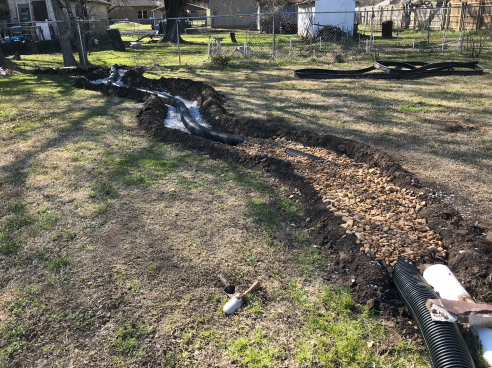
After the heavy freeze north Texas had in February 2021, the entrances to The Ranch neighborhood in Valley View, Texas needed a lot of rejuvenation. The neighborhood has 2 entrances with signs and 2 flower beds on each side for a total of eight flower beds which were full of dead plant material. Flourish removed 8 bags of dead plant material that has now been turned into compost and will be returned to the earth. We planted a variety of native Texas drought resistant plants in each bed along with the plants we were able to save. Once the new plants have been established, the beds will only require maintenance 2 to 4 times a year depending on the weather.
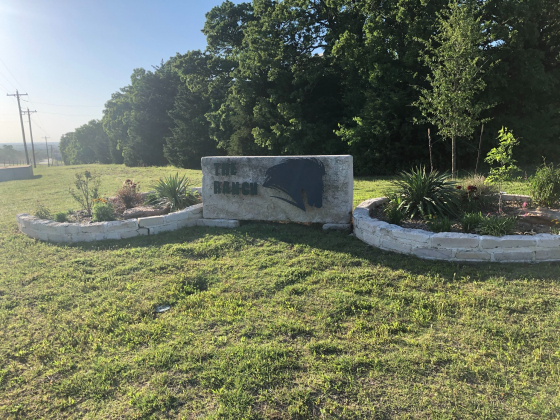
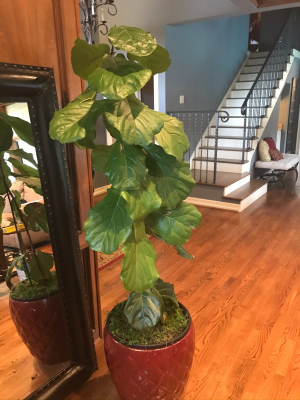
A client called us wanting to see if we could help her fiddle leaf fig branch out horizontally instead of just growing straight up. The best way to get a tree to branch out is to air proprogate the top 1/3 of the plant and in the process, this will eventually make two seperate plants. Air propagation distrupts the flow of the growth hormone and encourages outward expansion on the bottom branches. The top 1/3 of the tree will grow roots in the moist soil that is wrapped around the trunk at the propagation site. After letting the tree sit for a few months, we were able to see roots so we fully seperated it from the bottom and planted it in new pot. The orginal tree started branching out and creating new leaves. Success! The client gave the new tree to her daughter as a house warming present.
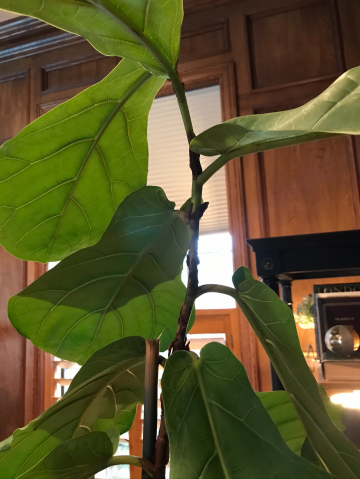
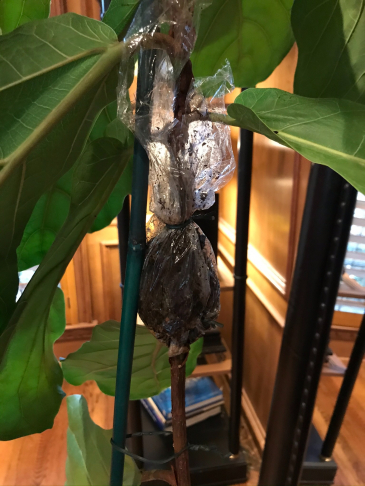
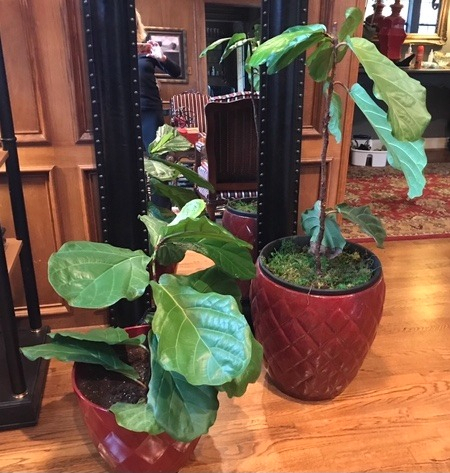
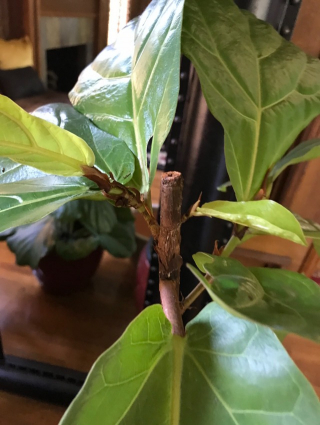
fiddle Leaf fig tree air propagation
BEFORE
during
after
New Growth Branching out
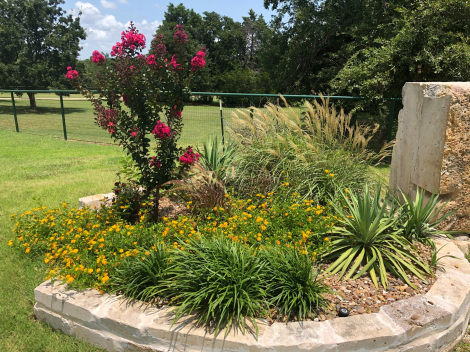
A few months later
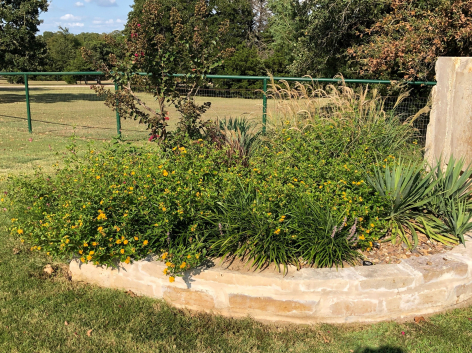
a few more months later
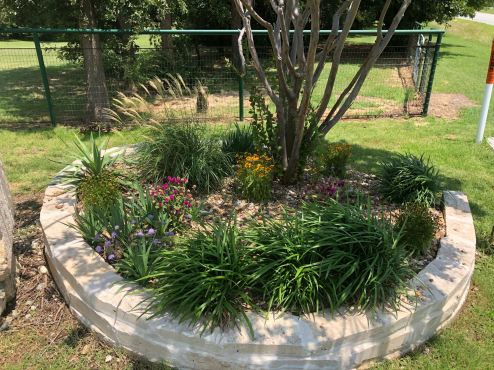
a few months later
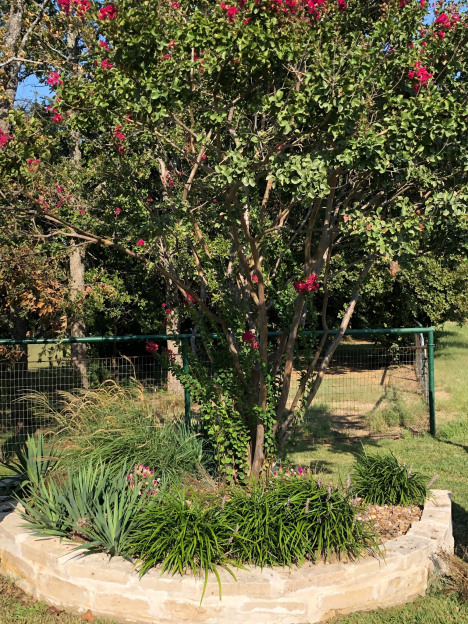
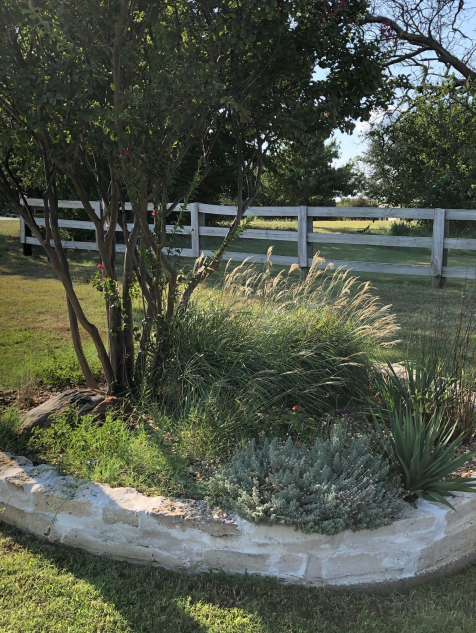
a few months later
a few More months later
seasonal color update

My client needed a seasonal color update for the fall/winter season. The flowerbeds had perwinkles that were done for the season so we pulled those out, added some soil, planted pansies and mulched with shredded hard wood. When properly watered and pruned, pansies will look great throughout fall, winter, spring and into early summer. During the winter, they get frozen, thaw and grow again. It’s nice to see them poking their happy faces out from under a dusting of snow or encased in a clear coat of ice (as long as it’s short-term ice). It takes very cold weather to kill pansies once they’re established. We understand that technically pansies aren't native plants but locally grown flowers, when seasonally available, are more sustainable than alternatives. Flowers native to your area are the most sustainable, as they protect biodiversity and require minimal inputs. But domestically-grown, sustainably certified flowers are a reasonable second choice.
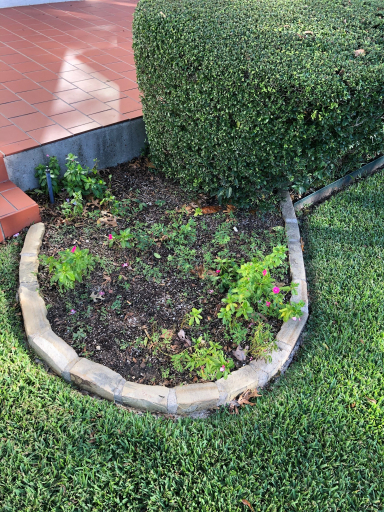
BEFORE
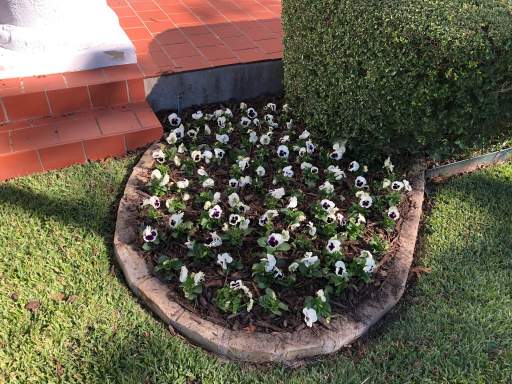
AFTER
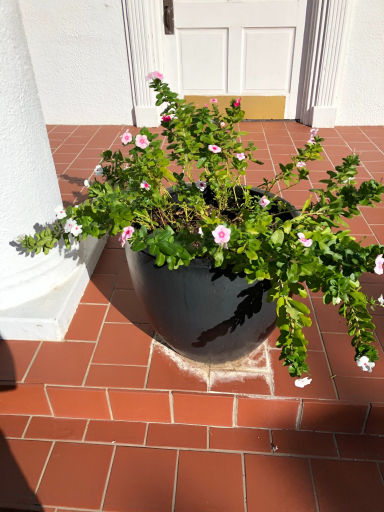
BEFORE
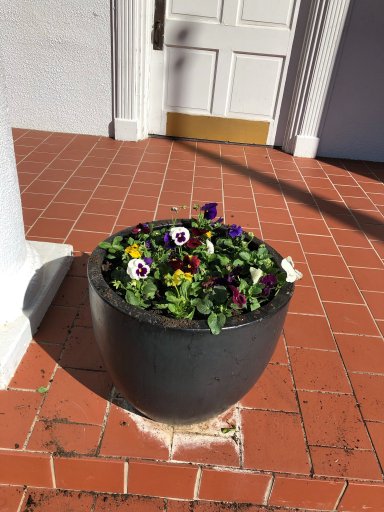
AFTER
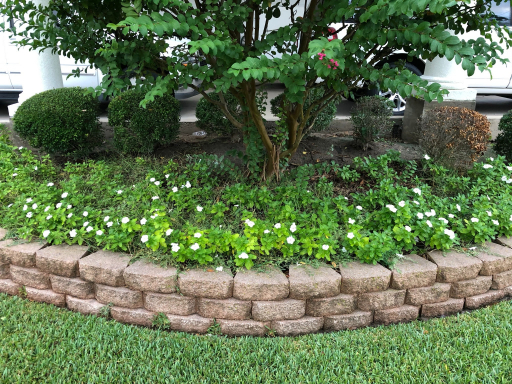
BEFORE
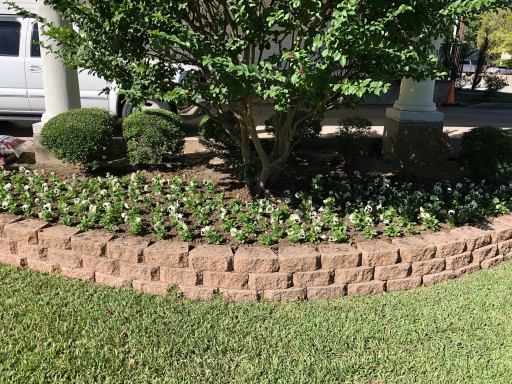
AFTER
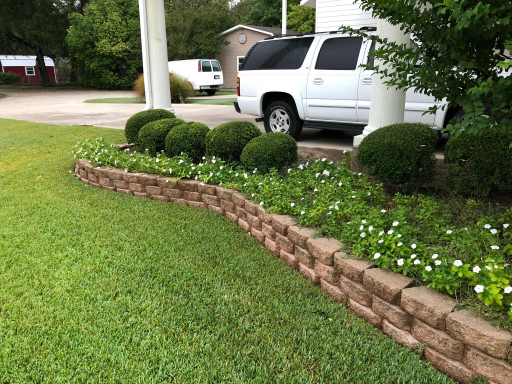
BEFORE
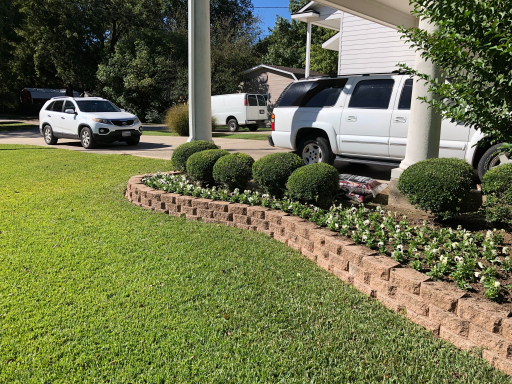
AFTER
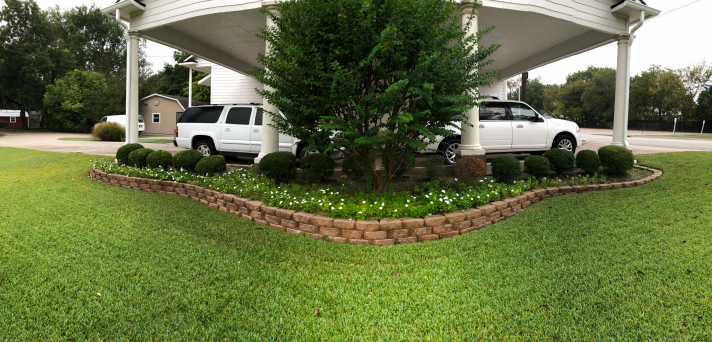
BEFORE
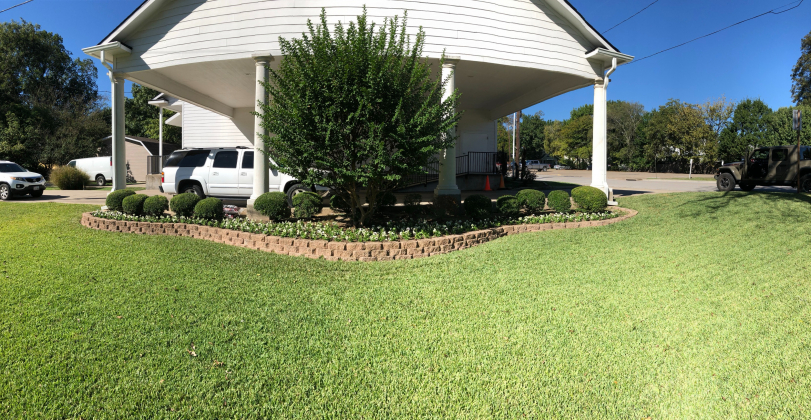
AFTER
store front container garden
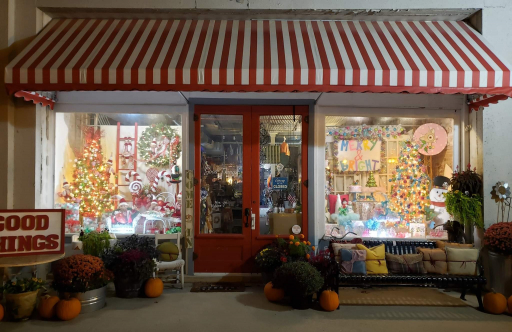
Good Things! in Gainesville, Texas needed a store front container garden update. Originally, they were using plastic plants (no maintenance) but then the plastic started to warp and discolor so they called Flourish to help. We replaced the plastic plants with annual color in the fall and then evergreens in the winter. We also maintain this living artwork once a week by watering, pruning, dead heading and replacing spent plants. This has been really fun project!
BEFORE - Fall color
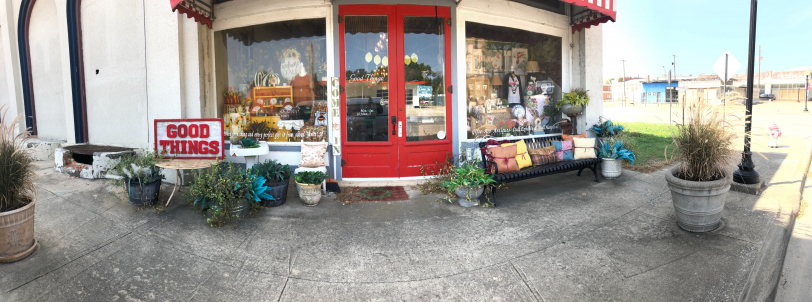
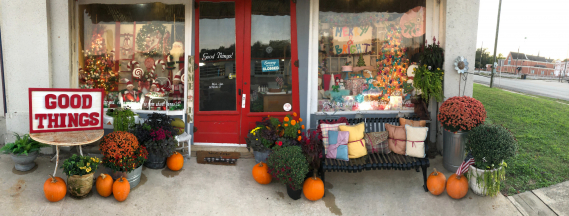
AFTER - Fall Color
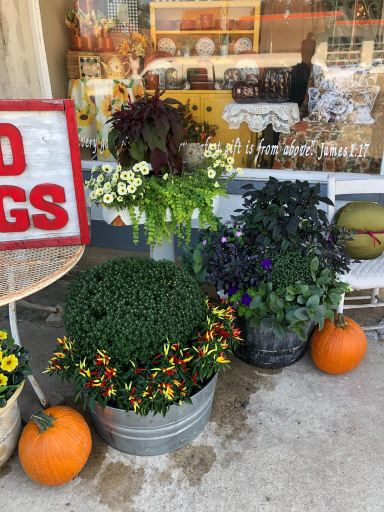
close-up of fall color
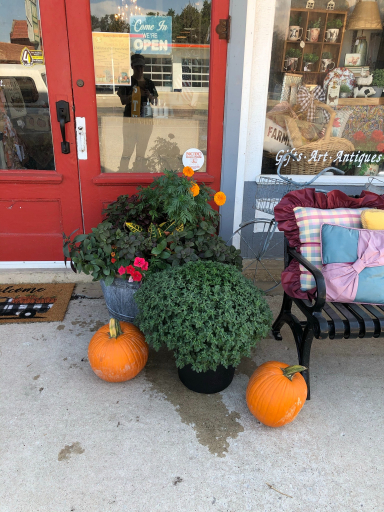
close-up of fall color
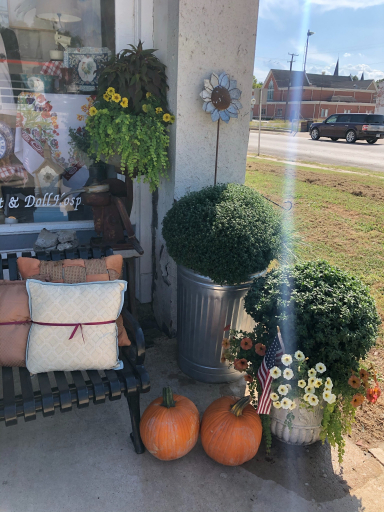
close-up of fall color
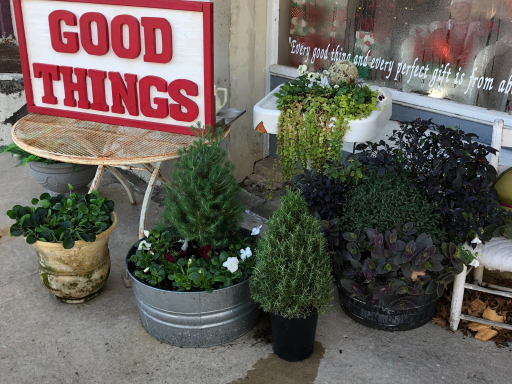
close-up of winter evergreens
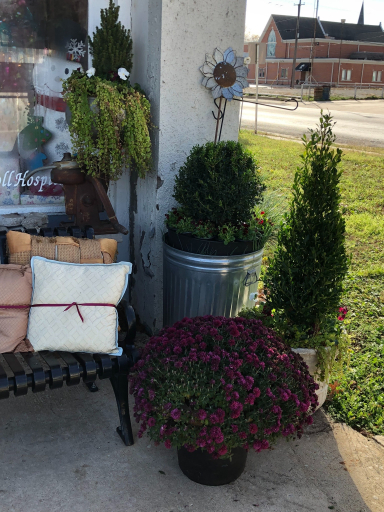
close-up of winter evergreens
RESIDENTIAL container garden
A client in Valley View, Texas needed help with a container garden display that was in front of her home. She had started it on her own but when it wasn't turning out the way she envisioned, she called us in for help. We worked together until her vision was realized. We think it came out amazing!
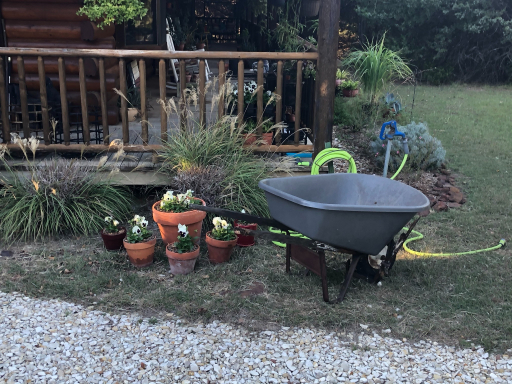
BEFORE
